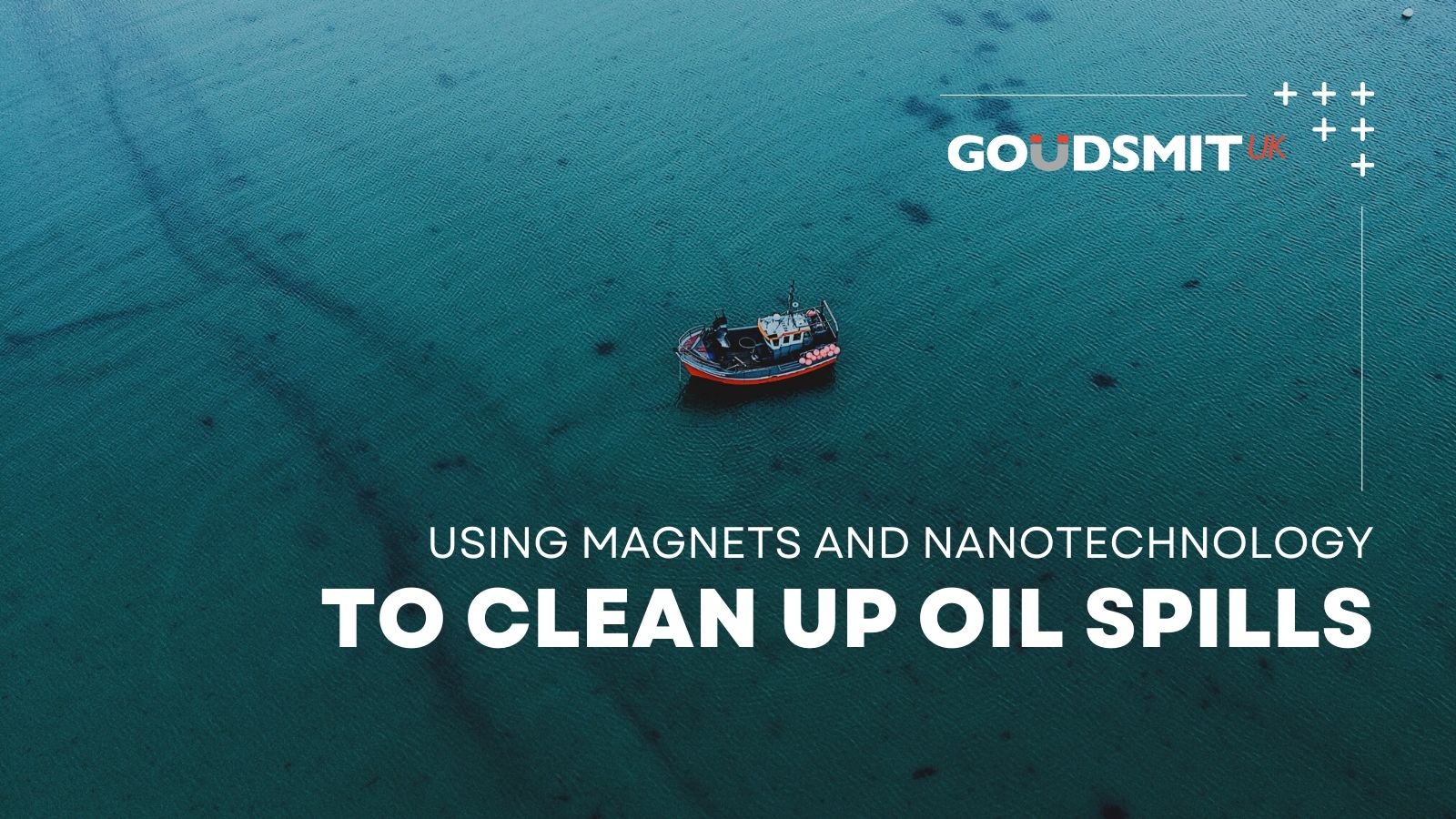Oil companies could soon become accustomed to using a new technique involving nanotechnology and magnets to help clean up offshore oil spills.
Offshore oil spills are a recurrent hazard to marine and coastal ecosystems and an expensive one to clean up. BP stated that the Gulf of Mexico oil spill back in 2010 cost over $40 billion.
However, researchers believe they have found a method of recovering oil after a spill using magnets. Potentially saving companies like BP significant amounts of money in clean up bills.
Oil is not magnetic by itself, but when mixed with water-repellent nanoparticles that contain iron, the oil can be magnetically separated from the water. Additionally, the nanoparticles can then be removed to enable the re-use of the oil.
The recovery process
The recovery process would be conducted out at sea after the oil spill. Seawater polluted with oil would be pumped onto a boat treatment facility. Once onboard, the magnetic nanoparticles would be added and attach themselves to the oil.
The liquid would then be filtered with the magnets to separate the oil and water. Returning the water to sea and the oil carried back to shore to an oil refinery.
A rise of interest in the new technology
Since the Gulf of Mexico oil spill in 2010, there has been an increase in interest from oil companies and government departments. Providing funding to develop new techniques that will reduce the environmental impact and cost of future oil spills.
Until now the two main methods have been:
- Using chemical dispersants to break up the oil
- Skimming which refers to when the oil is pulled off the surface of the water
Although there are drawbacks to both. Chemical dispersants can have negative impacts on sea life and skimming can be hampered by bad weather. Despite this, magnetic techniques still find it difficult to gain acceptance.
Are there any implications of the technology?
On a large scale, nanoparticles are complex and difficult to use. Some people also view the use of tiny nanoparticles as controversial. Due to the concerns that they could damage sea life if accidentally released. While their impact on the environment is still unknown, environmental scientist David Andrews notes that their use should be limited.
Others suggest the magnetic technique would be better suited to small-scale use, since existing methods are better suited for tackling large-scale offshore oil spills.
“On a small-scale the magnetic technique may be an excellent system, but I don’t think it will work at sea in such a challenging environment,” notes Dr Susan Shaw, founder of the Marine Environmental Research Institute.
For Shaw, the newly developed skimmer offers a better method for cleaning up oil spills. It can recover about 4,700 gallons per minute, so assuming the skimmer could be deployed 24 hours a day, it would take 30 days to pick up the entire 200 million gallons of oil spilled during the Gulf of Mexico disaster.
Goudsmit UK
At Goudsmit UK, our industrial magnets are backed by over two decades of manufacturing experience. From sensors to magnetic filtration and separation devices, our precision engineered components are used in a wide variety of oil and gas operations. Our extensive knowledge and resources coupled with continuous innovation have made us a preferred industrial magnet manufacturer for oil and gas operations.
For more information download our products and services brochure.







